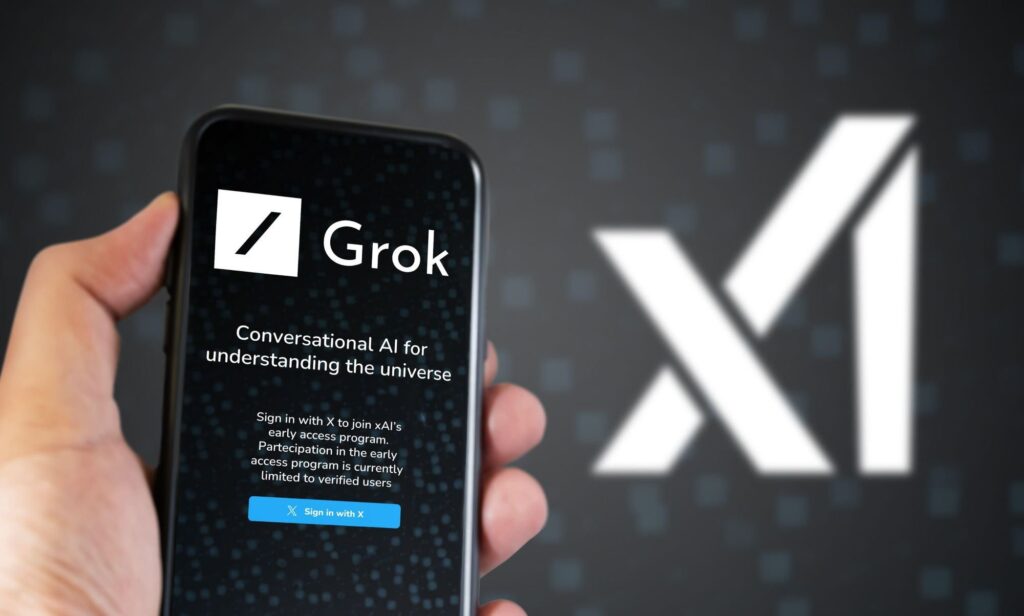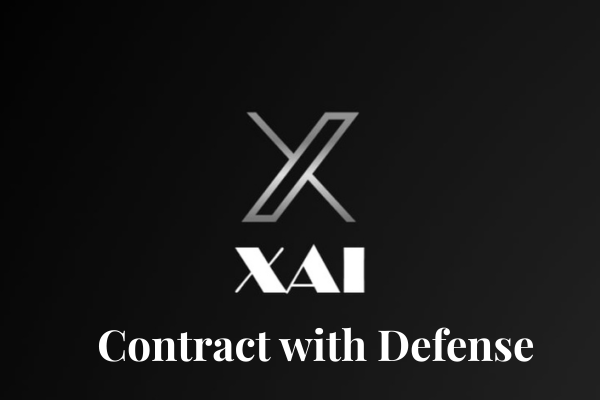
For those monitoring the use and integration of artificial intelligence in government functions, the news from Elon Musk’s xAI is of interest. On July 14th, 2025, xAI announced the implementation of “Grok for Government” program by the Department of Defense (DoD). This marks a new phase in the partnership of private AI companies with federal agencies.
Table of Contents
Anticipated Collaborative Approach
At our technology assessment company, we have been following the increasing use of AI technology within government agencies. This partnership is precisely the type of collaborative working relationship we have been hoping to see. The Department of Defense awarded a contract to xAI that has a ceiling value of $200 million, integrating Grok with other industry players such as OpenAI, Google and Anthropic who received similar contracts.

“AI is transforming the DoD’s ability to support our warfighters and sustain strategic advantage over our adversaries,” said Doug Matty, DoD Chief Digital and AI Officer, attributed with the announcement. This remark illustrates the critical strategic importance advanced AI capabilities have to the Defense Department.
What Grok for Government Brings to the Table
We comprehend that the adoption of novel technologies, especially for sensitive government functions, must strike the right balance between innovation, security, and dependability. Grok for Government is configured as a suite of products tailoring xAI’s frontier models for United States Government clientele.

With national security and scientific challenges in mind, the latest iteration, Grok 4, aims to enhance government service delivery while improving efficiency. It’s especially remarkable that these products will be made accessible through the General Services Administration (GSA), which provides access to all federal government departments, agencies, and offices.
In our view, this bolsters a foundational shift towards standard AI automation across federal operations, and, we hope, streamlined inter-branch processes and uniform technologies throughout government.
Custom Solutions for Specialized Needs
As we study government requirements, we realize how distinctly different they are from commercial applications. xAI seems to grasp the difference well, as they have collaborated with “leaders in the government” to focus on defined needs.

Within the specialized offerings are custom models tailored for critical national security and scientific functions, as well as those intended to operate within classified or other restricted situations. Such tailoring demonstrates some appreciation of the complexities of the governmental clientele dealing with confidential documents and security issues.
The Bigger Picture: AI in Federal Activities
This contract is positioned within a broader context of AI adoption in the federal government. Government agencies in the U.S. have been increasing their activities in the use of AI technology, following a White House directive in April encouraging its use. It has also softened policy toward that technology by canceling an executive order that attempted to lower AI adoption by requiring organizations using AI to disclose data used for the algorithms.

For contractors servicing federal government departments and agencies, this indicates there might be less red tape around federal projects involving AI. The focus on agentic AI workflows indicates systems that are increasingly capable of independent decision-making and actions, which can change the scope of government operations fundamentally.
Examining Recent Issues
In the interest of transparency, we’d like to mention that this announcement comes on the heels of the controversial episode in which the Grok chatbot was generating responses that were both antisemitic and socially inappropriate. xAI has since issued an apology and released Grok 4, which purportedly resolves these issues and apologizes for what they termed the ‘horrific behavior that many suffered.’
This incident illustrates the rapid response and update expectations AI systems are held to, as well as the need for ongoing refinement and evaluation. For other agencies contemplating similar use cases, this could be a pointer towards the necessity for stringent governance frameworks.
Implications for the Rest of Us
With the adoption of new technologies in government sectors, there are some implications that piqued our interest:
The competition for contracts from government agencies to use AI has grown, as multiple leading companies are now competing for contracts.
Systems that require classification barriers are preferred, due to their capacity to process advanced operations.
Grants allowing for the provision of AI through GSA schedules marks an expansion in availability.
Government applications are not exempt from the risks concerning AI safety and content moderation.
These understandings will assist businesses that operate with government contractors to inform and navigate their services within the shifting environment of federal operations involving AI.
Interpretation
The partnership between xAI and the Department of Defense marks a pivotal moment as xAI embraces its role in the geopolitical world. This, coupled with my extensive understanding of the usage of AI across sectors, reinforces my claim that the xAI-DOD partnership also emphasizes a surge in the level of concern and attention government agencies are now willing to prioritize towards security customization.
For contractors engaging with federal agencies, technology vendors exploring partnerships with the government, or those tracking advancements in AI within the public sector, this development indicates a shift of AI from being an experiment to a necessity in government functions.
Want more information about the impact of AI on the public sector? Contact our analysis team today and discuss with us how it can shape the strategic planning of your organization.
If you like this information and want to explore our other Blog, Click Here
You can visit our new website, Click Here

